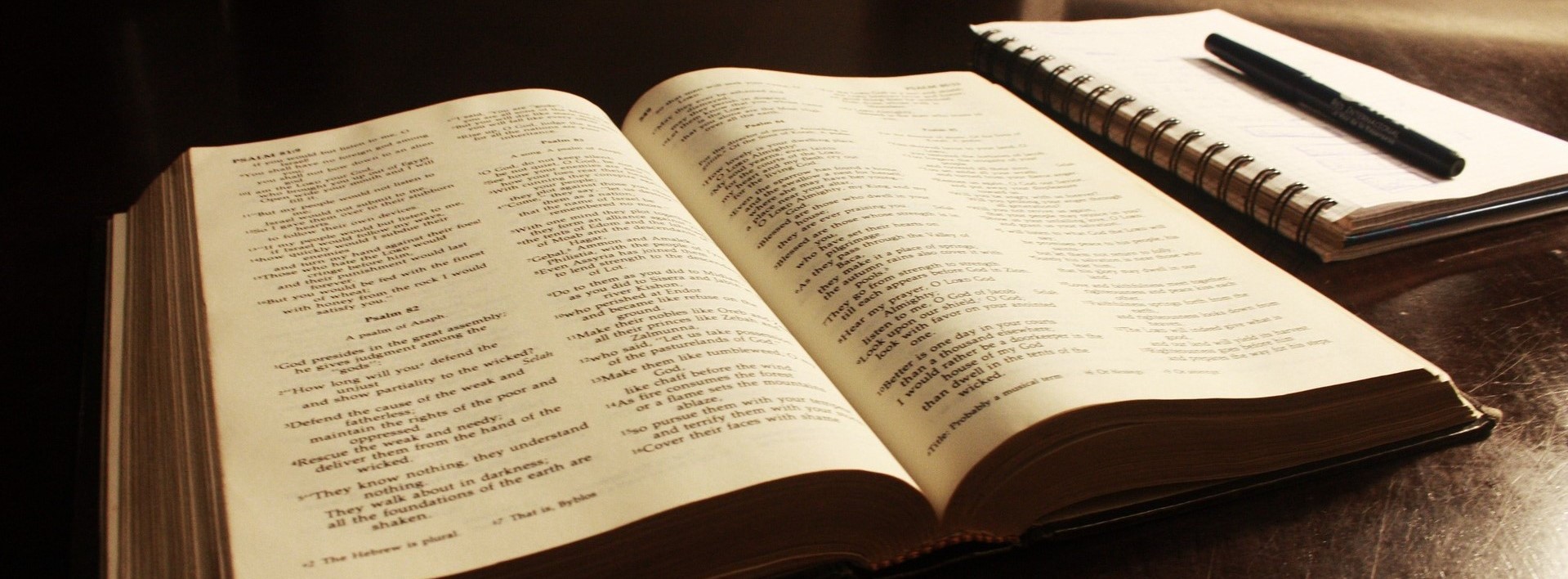Document Type
Article
Publication Date
2015
Abstract
Atheists in the vein of William Rowe have put forth arguments suggesting that the presence of evil counts against the existence of God. In particular, Rowe has advanced two lines of reasoning for his position, one being taken from an actual historical case of moral evil, and one case being a hypothetical natural evil. This paper seeks to interact with the proffered fictitious case whereby Rowe contends that even nature argues against the existence of God. If it is possible to demonstrate that Rowe’s argumentation fails, namely that if a greater good can be identified in relation to his submitted scenario, then his conclusion that God does not exist does not follow. Thus, if God exists, then one must reconsider not only the existence of God, but also the overarching metanarrative provided through Scripture. This paper shall attempt a response which moves beyond a defense and provides a plausible theodicy – an explanation for five key questions: 1) Why is there any evil at all; 2) Why are there the types and kinds of evils that there are; 3) Why is there the amount of evil that there is; 4) Why is there the particular evils that there are; and 5) Why does God allow moral evils, and, natural evils, as He does? It shall be the goal of this work to attempt to follow a methodological approach espoused by Dr. Michael Licona whereby five key questions are asked of any proposed response to those critical of Christianity. The responses offered in this theodicy should be able to demonstrate explanatory scope, explanatory power, plausibility, be less ad hoc in nature, and should ultimately aid in illuminating other areas of interest as a result of the theodicy.
Recommended Citation
Taylor, Douglas, "Why William Rowe’s Argument from Natural Evil Fails" (2015). Other Graduate Scholarship. 2.
https://digitalcommons.liberty.edu/lts_grad_schol/2
Included in
Christianity Commons, Metaphysics Commons, Religious Thought, Theology and Philosophy of Religion Commons




Comments
This paper was presented at the Evangelical Theological Society (ETS) Southeastern Region Conference on March 27-28, 2015.